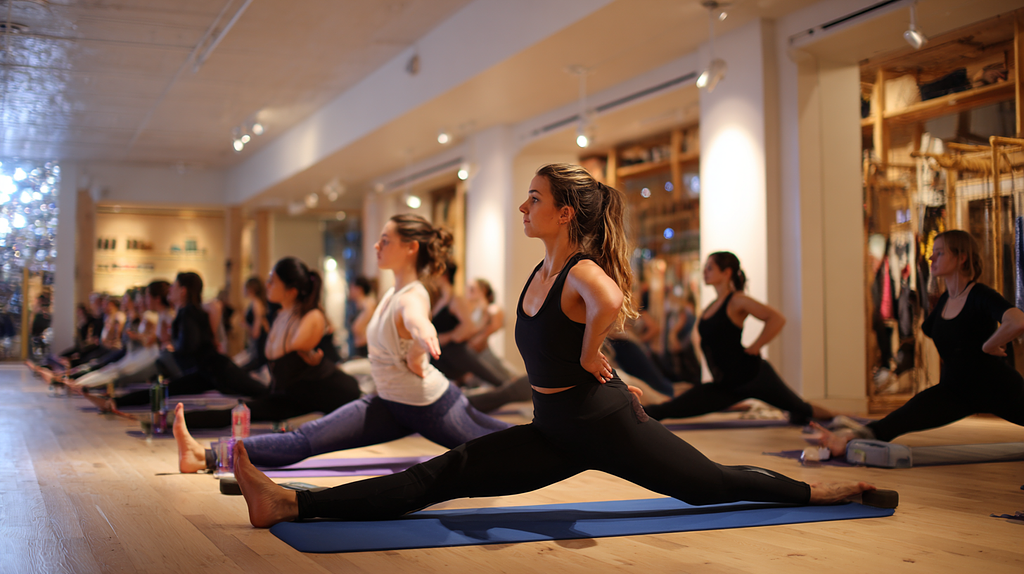Reading time
3 min
Why Stretching Should Be Part of Every Workout

Stretching isn’t just about touching your toes or holding a pose for a few seconds. Done consistently, it plays a vital role in keeping your body strong, flexible, and ready to take on both daily life and challenging workouts.
1. Stretching Improves Flexibility and Range of Motion
Flexibility is not about doing the splits — it’s about moving your joints through their full range of motion. As we age, muscles naturally tighten, which can restrict movement and increase the risk of injury. Stretching helps counteract this process by keeping muscles long, lean, and pliable. This means everyday movements — like bending, reaching, or twisting — become easier and safer.
2. Stretching Prevents Injury
One of the most common reasons people miss training sessions is because of small but nagging injuries: a pulled hamstring, a tight back, or stiff shoulders. Most of these injuries come from muscles that are overworked and under-stretched. Stretching increases blood flow, improves elasticity, and reduces the likelihood of sudden strains. For athletes and casual gym-goers alike, this can mean fewer setbacks and more consistent progress.
3. Stretching Enhances Performance
Think of stretching as priming your muscles for action. A dynamic warm-up (controlled movements like lunges or arm circles) prepares the body for exercise by activating key muscle groups. After training, static stretches (holding a stretch for 20–30 seconds) help relax the muscles and return them to their natural length. Both types improve circulation, reduce fatigue, and set the stage for faster recovery — which directly impacts performance in your next session.
4. Stretching Reduces Stress and Promotes Relaxation
Training isn’t just about physical fitness — it’s also about mental health. Stretching triggers the release of endorphins, reduces muscle tension, and calms the nervous system. Many people find that just five minutes of stretching at the end of a workout feels like hitting a reset button, leaving the body loose and the mind clearer.
5. Stretching Builds Consistency
Consistency is the true secret to progress. By making stretching part of your routine, you create a small ritual that signals to your body and brain that the workout is complete. It’s a built-in cool-down that helps you leave the gym feeling better than when you walked in. And when workouts feel good, you’re far more likely to stick with them.
Final Thoughts
Stretching is not optional — it’s essential. Whether your goal is to build strength, improve endurance, or simply move through daily life with more ease, stretching will support every step of the journey. By investing just a few extra minutes before and after your workouts, you’ll protect your body, boost your performance, and create a long-term foundation for health.

Steve Brewer
svpersteveLast updated 24 Sep 2025
